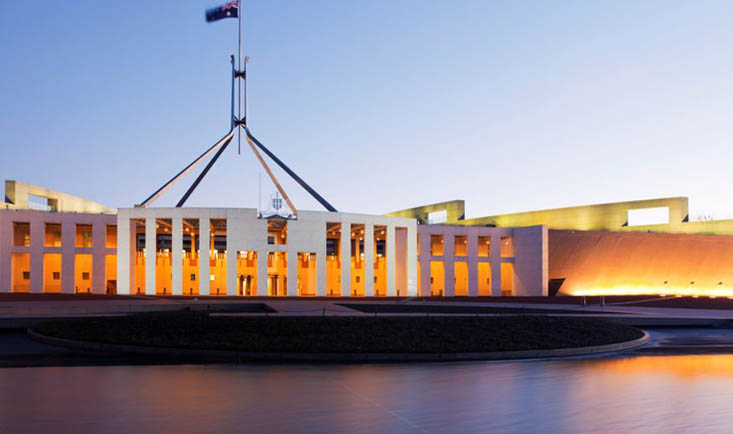
Discovering Canberra: A Journey Through Australia’s Capital City
Travel TipsMy recent trip to Canberra, the capital city of Australia, offered me a unique experience that I’m excited to share. Often overshadowed by the larger cities of Sydney and Melbourne, Canberra boasts a rich tapestry of history, culture, and natural beauty. In this blog post, I’ll walk you through my journey, from the essential travel preparations to the intricate details of local etiquette, and finally, I’ll share my top recommendations for must-visit attractions and local delights.
1. Travel Preparations: What to Pack and Wear
When packing for Canberra, it’s important to consider the city’s climate, which varies significantly with the seasons. I visited in the spring, a time when the weather was pleasantly mild with temperatures ranging from 10°C (50°F) in the morning to 25°C (77°F) during the day. Layers were my go-to strategy: light shirts and a warm jacket for the evening chill. Comfortable walking shoes are essential, as Canberra is a city best explored on foot or by bike.
For electronics, a universal adapter is necessary, as Australia uses Type I power outlets. I also packed a power bank to keep my devices charged throughout the day, especially since I was using my phone for navigation and photography.
2. Currency Exchange and Getting a Local SIM Card
Before arriving in Canberra, I exchanged a small amount of money at my home country’s airport to cover initial expenses, like transportation from the airport. Once in Canberra, I found it easy to exchange currency at local banks or dedicated exchange kiosks. However, I primarily relied on my credit card, which was widely accepted everywhere I went.
Obtaining a local SIM card was straightforward. I purchased mine at the airport from an Optus kiosk, one of Australia’s major telecom providers. They offered several plans, and I chose a prepaid option with ample data to ensure I stayed connected throughout my trip. The process was quick, and the staff was helpful, even assisting me in setting up the SIM card on my phone.
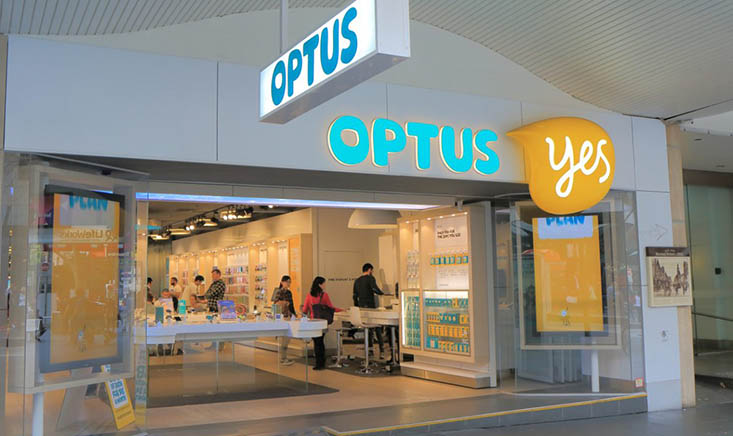
3. Understanding and Respecting Local Etiquette
Australians are known for their friendly and laid-back demeanor, and Canberra is no exception. However, there are a few local customs and etiquette tips that are important to keep in mind.
Greeting Locals
In Canberra, as in the rest of Australia, a simple “Hello” or “G’day” (a colloquial term for “Good day”) is a common greeting. People are generally approachable, and small talk is appreciated, especially when you’re in shops or cafes. I made a habit of saying “Thank you” and “Please” in every interaction, which was always met with a smile.
Respect for Public Spaces
Canberra is a very clean and well-organized city. Littering is heavily frowned upon, and I noticed that everyone made a conscious effort to keep the city tidy. Recycling bins are everywhere, so be sure to dispose of your waste appropriately.
Personal Space and Queueing
Australians value personal space, so it’s important to maintain a comfortable distance when conversing or waiting in line. Speaking of lines, queuing is taken seriously, and it’s considered rude to jump ahead.
Tipping Culture
Tipping is not as ingrained in Australian culture as it is in the United States, for example. However, it’s appreciated for exceptional service, especially in higher-end restaurants. Generally, rounding up the bill or leaving a small tip is sufficient.
During my stay, I had an interesting encounter at a local café. I had accidentally left my jacket on the back of a chair, and a local immediately brought it to my attention with a friendly “No worries, mate!” It was a simple gesture, but it reflected the courteous and considerate nature of the people I met throughout my trip.
4. Must-Visit Attractions in Canberra
Canberra may not be as large as other Australian cities, but it offers a wealth of attractions that showcase the country’s history, culture, and natural beauty. Here are four must-visit spots that left a lasting impression on me:
a. Australian War Memorial
The Australian War Memorial is both a shrine and a museum dedicated to Australia’s military history. Located at Treloar Crescent, Campbell, this iconic site combines extensive exhibitions with a solemn commemoration of those who have served in the Australian armed forces.
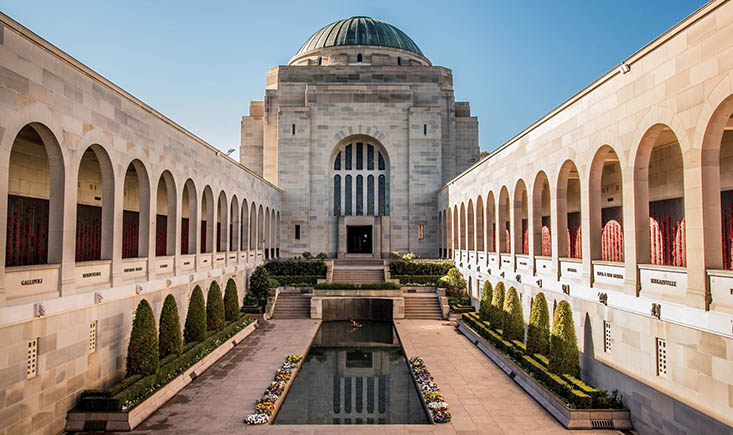
What to Expect:
The memorial features various galleries displaying artifacts, dioramas, and multimedia presentations that tell the stories of Australian soldiers from World War I to the present day. The Commemorative Area includes the Hall of Memory, with the Tomb of the Unknown Australian Soldier at its heart. The Last Post ceremony, held daily at 4:55 PM, is a moving tribute that I highly recommend attending.
How to Get There:
The memorial is easily accessible by bus from the city center, with regular services running throughout the day. Alternatively, it’s a pleasant 30-minute walk from the city center.
Tips:
Admission is free, but donations are appreciated. Arrive early to explore the exhibitions before attending the Last Post ceremony. Allow at least three hours for your visit.
b. National Gallery of Australia
Located at Parkes Place, Parkes, the National Gallery of Australia (NGA) is home to an extensive collection of Australian and international art. The gallery’s modern architecture and beautifully landscaped sculpture garden make it a must-visit destination for art lovers.
What to Expect:
The NGA houses over 160,000 works of art, including Aboriginal and Torres Strait Islander art, Asian art, European masterpieces, and contemporary pieces. I was particularly captivated by the Aboriginal art collection, which offered a deep insight into Australia’s indigenous cultures.
How to Get There:
The gallery is a short bus ride from the city center, or you can take a scenic walk across the Commonwealth Avenue Bridge, which offers stunning views of Lake Burley Griffin.
Tips:
Admission to the permanent collection is free, but special exhibitions may have an entry fee. The gallery café offers a lovely spot for lunch with views of the garden.
c. Mount Ainslie Lookout
For panoramic views of Canberra, a visit to Mount Ainslie Lookout is essential. This vantage point, located in the Canberra Nature Park, offers a breathtaking perspective of the city’s layout, with clear views of the Australian War Memorial, Lake Burley Griffin, and Parliament House.
What to Expect:
The lookout is a popular spot for photography, especially at sunrise and sunset. The sweeping views of the city and surrounding countryside provide a perfect backdrop for capturing the essence of Canberra.
How to Get There:
You can drive up to the lookout, or if you’re feeling adventurous, hike the Mount Ainslie walking trail, which starts at the back of the Australian War Memorial. The hike is moderately challenging and takes about an hour each way.
Tips:
Bring water and wear sturdy shoes if you’re hiking. The lookout can get busy, so arrive early in the morning or late in the afternoon for a more peaceful experience.
d. National Museum of Australia
Situated on Lawson Crescent, Acton Peninsula, the National Museum of Australia explores the land, nation, and people of Australia. The museum’s unique architecture, which symbolizes a jigsaw puzzle, reflects the complex and diverse stories within.
What to Expect:
The museum offers interactive exhibitions that cover topics such as Australia’s indigenous cultures, colonial history, and modern society. One of my favorite exhibits was the Garden of Australian Dreams, an outdoor space that artistically represents Australia’s geography and cultural landscape.
How to Get There:
The museum is easily accessible by bus, or you can enjoy a leisurely walk or bike ride along the lakeside paths that connect to the city center.
Tips:
Admission is free, and the museum is family-friendly, with plenty of activities for children. Plan to spend at least two to three hours exploring the exhibits.
5. Savoring Local Delicacies: Canberra’s Street Food Scene
While Canberra is known for its fine dining and café culture, its street food scene is also worth exploring. Here are a few local delights that I sampled:
a. Brodburger
Located at the Kingston Foreshore, Brodburger is a local favorite known for its gourmet burgers. I tried their signature Brodburger, a juicy beef patty topped with fresh lettuce, tomato, and a delicious homemade sauce, all sandwiched in a perfectly toasted bun. The flavors were incredible, and the serving size was generous.
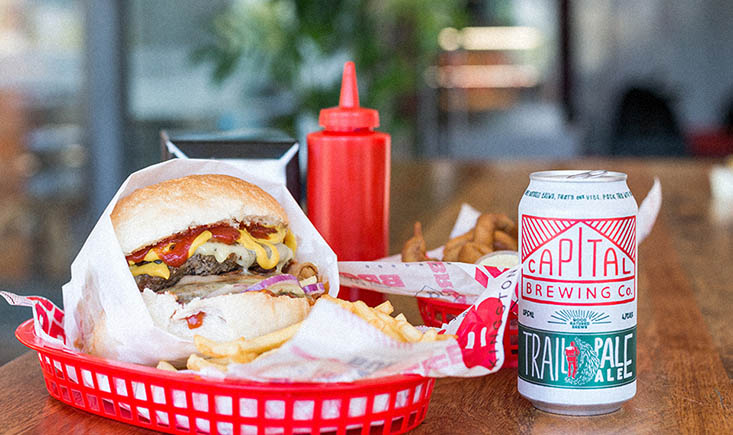
Tip: Brodburger is popular, so expect a bit of a wait, especially during peak hours. It’s worth it, though! Pair your burger with one of their craft beers for the complete experience.
b. Mr. Papa
For something different, I headed to Mr. Papa, a Peruvian food truck that’s become a sensation in Canberra. Their Chanchito, a slow-cooked pork belly sandwich, was a highlight of my trip. The combination of tender pork, fresh salad, and spicy mayo on a soft bun was simply divine.
Tip: Keep an eye out for Mr. Papa at local markets and events, as their location can vary. Follow them on social media for updates.
c. Frugii Dessert Laboratory
If you have a sweet tooth, Frugii Dessert Laboratory in Braddon is a must-visit. They offer a wide range of ice creams, sorbets, and other sweet treats, all made from scratch with natural ingredients. I tried their Salted Caramel ice cream, and it was rich, creamy, and perfectly balanced.
Tip: Frugii often experiments with unique flavors, so don’t hesitate to try something adventurous!
6. Planning Your Itinerary and Budget
When planning your trip
to Canberra, it’s important to create a balanced itinerary that includes both cultural experiences and relaxation. Here’s how I organized my trip:
Day 1: Exploring Central Canberra
- Morning: Visit the Australian War Memorial.
- Afternoon: Explore the National Gallery of Australia.
- Evening: Dinner at a local brasserie in the city center.
Day 2: Nature and Views
- Morning: Hike to Mount Ainslie Lookout.
- Afternoon: Visit the National Museum of Australia.
- Evening: Enjoy a sunset walk along Lake Burley Griffin.
Day 3: Local Culture and Cuisine
- Morning: Explore the Kingston Foreshore and have lunch at Brodburger.
- Afternoon: Visit the NewActon Precinct for art galleries and cafes.
- Evening: Try local street food at a market or food truck.
Budgeting Tips
- Accommodation: Look for deals on local hotels or Airbnb. Staying slightly outside the city center can save money while still providing easy access to attractions.
- Transport: Canberra’s public transport is affordable and efficient. Consider buying a daily bus pass if you plan to travel extensively.
- Food: Balance your meals between high-end dining and street food to manage your budget. Canberra’s street food is excellent and won’t break the bank.
- Insurance: I highly recommend purchasing travel insurance that covers medical emergencies, trip cancellations, and theft. It’s a small expense that provides peace of mind.
Canberra is a city that surprises and delights at every turn. From its rich history and vibrant culture to its stunning natural beauty and delicious cuisine, there’s something for every traveler. By following these tips and embracing the local customs, you’ll experience the true essence of Australia’s capital. Whether you’re admiring art at the National Gallery, enjoying a gourmet burger by the lake, or taking in the city’s panoramic views from Mount Ainslie, Canberra offers an unforgettable adventure.
You may also like
Recent Posts
- Savor the Plant-Based Delights! Top 3 Vegan Hotspots in Austin
- Austin Travel Budget Guide: Comprehensive Planning from Flights to Food
- Budget-Friendly and Stylish: A Guide to High-Value Boutique Stays in Austin
- Top 5 Must-Visit Destinations Around Austin: From Natural Parks to Texan Small Towns
- 10 Must-Try Local Delicacies in Monterrey: My Personal Experiences and Delicious Recommendations
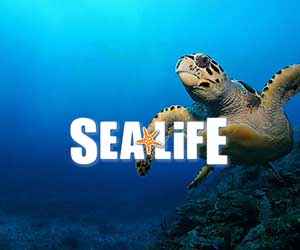
Leave a Reply